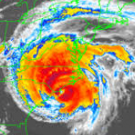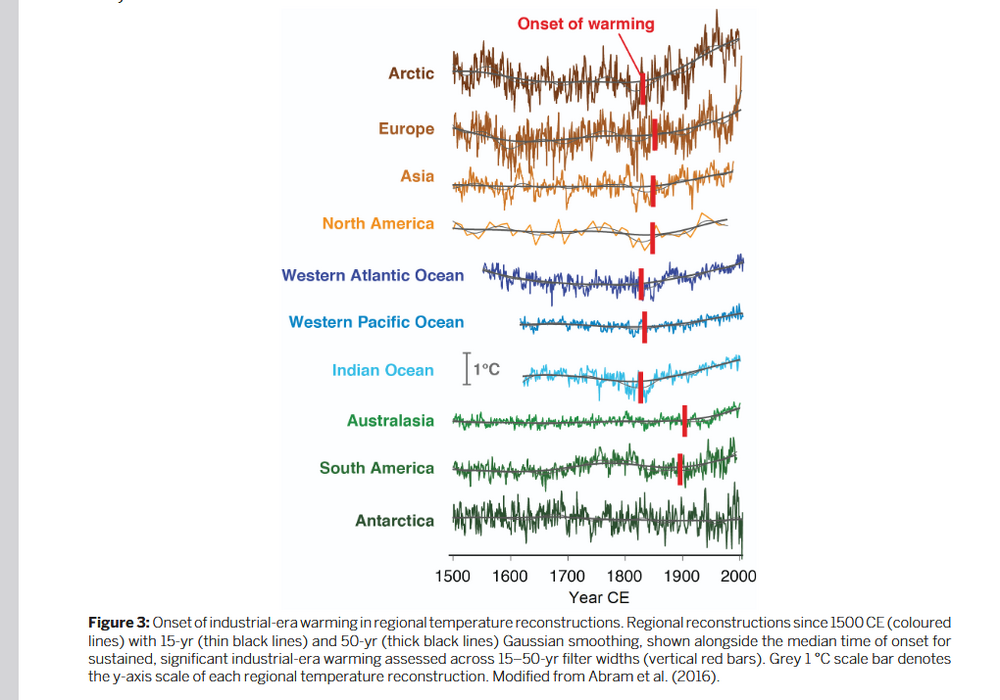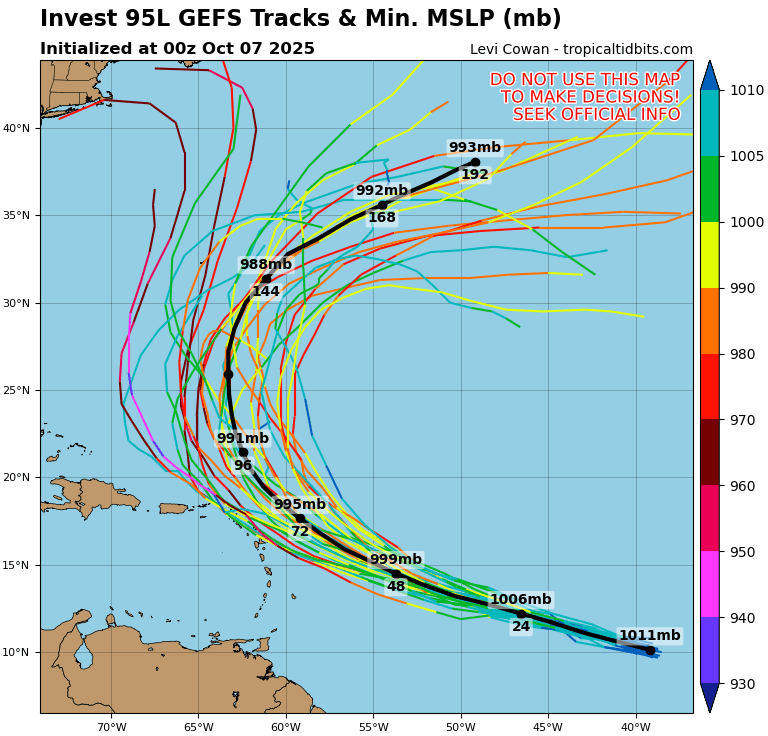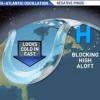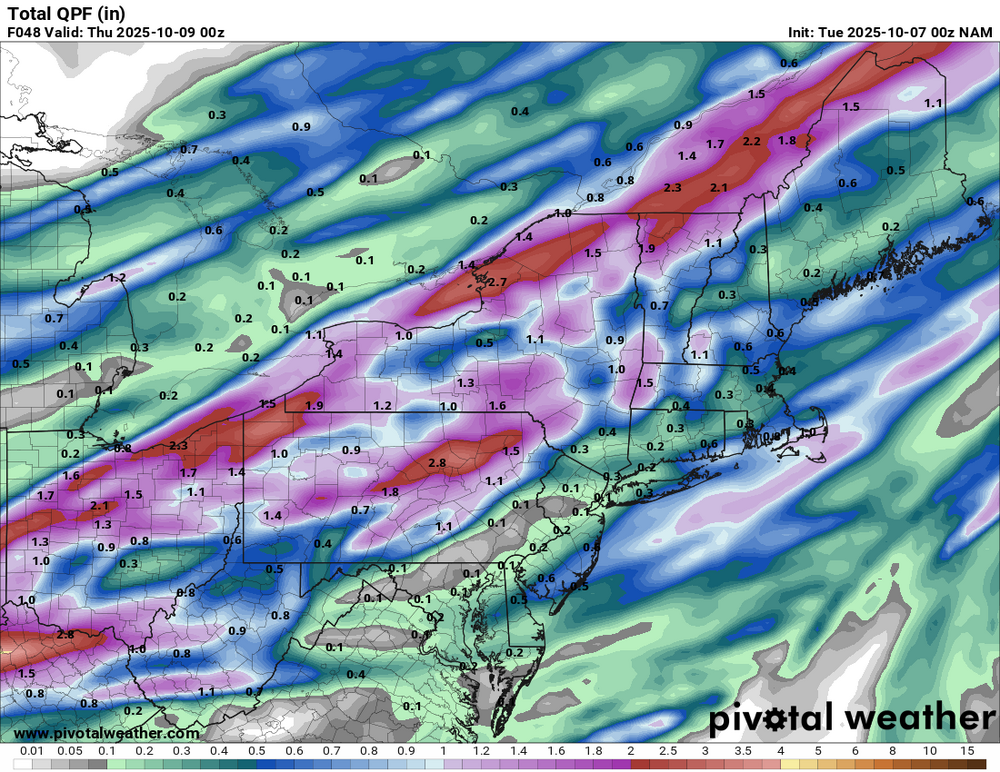All Activity
- Past hour
-

Spooky Season (October Disco Thread)
moneypitmike replied to Prismshine Productions's topic in New England
Where does she attend? -
The front is coming through in the morning. Not a good time if we want organized rain. Wouldn’t surprise me at all if this is another bust.
-
84.4 yesterday
-
What has happened since 15-16 with the general warming and 18-19 for the warmer storm tracks is not a cycle. It’s a direct shift related to the expansion of the subtropical ridging. This has lead to vast swaths of record SSTs is the mid-latitudes. A farther north storm track than we used to get. So it’s natural in such a pattern for areas that end up south of the dominant storm tracks to experience less snow than we used to get. We have been experiencing a series of gradual shifts since the early 1980s. But the shift that has occurred over the last decade has been the most dramatic. People expect gradual linear shifts when it comes to weather. But the climate system produces non-linear jumps once a certain temperature threshold have been crossed. This new study really isn’t a surprise given the rapid warming of SSTs in North Pacific. But it’s good to see this new attribution technique correct the climate model errors. Similar shift in the North Atlantic so rapidly warming the climate leads to more persistent -PDO and +AMO patterns. https://www.colorado.edu/today/2025/08/14/human-emissions-drove-megadrought-western-us Greenhouse gas and aerosol emissions from human activity have been driving the prolonged drought in the western United States through a complicated connection with the Pacific Ocean, according to a new CU Boulder-led study. For more than two decades, an extreme dry spell has drained the Colorado River, devastated local farms, and intensified wildfires across the American Southwest. The new prediction, published August 13 in Nature, could help water managers region develop better water use plans or invest in infrastructure accordingly, with relief potentially still decades away. “Our results show that the drought and ocean patterns we’re seeing today are not just natural fluctuations—they’re largely driven by human activity,” said Jeremy Klavans, postdoctoral researcher in CU Boulder’s Department of Atmospheric and Oceanic Sciences and lead author of the study. Worst drought in 12 centuries The drought hitting the Colorado River Basin states and California is directly linked to a climate pattern of the north Pacific Ocean, known as the Pacific decadal oscillation (PDO). The PDO is a natural fluctuation of the Pacific that waxes and wanes every two decades or so. In its positive phase, waters in the eastern Pacific Ocean along the U.S. West Coast tend to be warmer, whereas waters near Japan are colder. In its negative phase, the pattern flips, bringing cold water to the eastern Pacific. Since the 1990s, the PDO has been stuck in a negative phase, an unusually long stretch for a typical cycle, Klavans said. That has had profound impacts on the United States. The cold air and water along the U.S. West Coast hold less moisture than warm air, causing a reduction in precipitation. This extended cool phase also pushed storms that would have brought water to the region farther north. As a result, scientists estimated that about 93% of the western United States is experiencing drought, with 70% facing severe dry conditions. Prior studies have shown that the past two decades have been the driest in the American Southwest in at least 1,200 years. Scientists had long thought that the PDO was entirely determined by natural forces, such as the heat exchanges between the ocean and the air. Even the latest report from the Intergovernmental Panel on Climate Change (IPCC), a body of experts convened by the United Nations, said the PDO is controlled by natural forces with high confidence. If that theory was correct, the PDO should have flipped from negative to positive in 2015 after a strong El Niño event warmed the Pacific. Instead, the PDO shifted positive for a short time following the El Niño before reverting to the negative phase again. New reality To understand why the PDO has been stuck, Klavans and his team used a large collection of climate simulation programs to predict what would happen in the future. Using a new suite of over 570 simulations, the team found that between 1870 and 1950, changes in the PDO were almost entirely driven by internal forces. But since the mid-20th century, greenhouse gas and aerosol emissions have accounted for more than half of the variations in the PDO. The team discovered that existing climate models tend to overestimate the role of internal factors on the PDO while underestimating the influence of external factors, such as emissions. After correcting the imbalance, the team found that emissions, and their impacts on the PDO, have been responsible for nearly all of the precipitation decline in the western United States over the past three decades. “People have been trying for a long time to find out why this part of the country is so dry, and we have an answer for that finally,” Klavans said. Because the same imbalance has been shown in other regions, Klavans said the study’s implications could go far beyond the Pacific. For example, the North Atlantic Oscillation, a similar fluctuation over the Atlantic Ocean, is driving drought in places like Spain. He added that improving climate models to capture the role of external forces could help scientists predict future changes in precipitation across the globe. As for the American Southwest, the outlook is grim. If greenhouse gas emissions continue to rise, the PDO will likely remain in its negative phase, and the drought will persist for at least the next three decades, Klavans said. “With this information, water planners could set new expectations and make proper investments in water infrastructure now, knowing this drought is here to stay,” Klavans said. For example, some Californian cities are already building desalination plants to turn seawater into drinking water. “This study can allow us to better quantify the costs of continued greenhouse gas emissions for Americans,” Klavans said. “That can only help our region plan for a better future.” https://www.nature.com/articles/s41586-025-09368-2 This anthropogenic influence was previously undetected because the current generation of climate models systematically underestimate the amplitude of forced climate variability. A new attribution technique that statistically corrects for this error suggests that observed PDO impacts—including the ongoing multidecadal drought in the western United States—can be largely attributed to human activity through externally forced changes in the PDO. These results indicate that we need to rethink the attribution and projection of multidecadal climate. https://www.colorado.edu/today/2025/08/14/human-emissions-drove-megadrought-western-us Greenhouse gas and aerosol emissions from human activity have been driving the prolonged drought in the western United States through a complicated connection with the Pacific Ocean, according to a new CU Boulder-led study. For more than two decades, an extreme dry spell has drained the Colorado River, devastated local farms, and intensified wildfires across the American Southwest. The new prediction, published August 13 in Nature, could help water managers region develop better water use plans or invest in infrastructure accordingly, with relief potentially still decades away. “Our results show that the drought and ocean patterns we’re seeing today are not just natural fluctuations—they’re largely driven by human activity,” said Jeremy Klavans, postdoctoral researcher in CU Boulder’s Department of Atmospheric and Oceanic Sciences and lead author of the study. Worst drought in 12 centuries The drought hitting the Colorado River Basin states and California is directly linked to a climate pattern of the north Pacific Ocean, known as the Pacific decadal oscillation (PDO). The PDO is a natural fluctuation of the Pacific that waxes and wanes every two decades or so. In its positive phase, waters in the eastern Pacific Ocean along the U.S. West Coast tend to be warmer, whereas waters near Japan are colder. In its negative phase, the pattern flips, bringing cold water to the eastern Pacific. Since the 1990s, the PDO has been stuck in a negative phase, an unusually long stretch for a typical cycle, Klavans said. That has had profound impacts on the United States. The cold air and water along the U.S. West Coast hold less moisture than warm air, causing a reduction in precipitation. This extended cool phase also pushed storms that would have brought water to the region farther north. As a result, scientists estimated that about 93% of the western United States is experiencing drought, with 70% facing severe dry conditions. Prior studies have shown that the past two decades have been the driest in the American Southwest in at least 1,200 years. Scientists had long thought that the PDO was entirely determined by natural forces, such as the heat exchanges between the ocean and the air. Even the latest report from the Intergovernmental Panel on Climate Change (IPCC), a body of experts convened by the United Nations, said the PDO is controlled by natural forces with high confidence. If that theory was correct, the PDO should have flipped from negative to positive in 2015 after a strong El Niño event warmed the Pacific. Instead, the PDO shifted positive for a short time following the El Niño before reverting to the negative phase again. New reality To understand why the PDO has been stuck, Klavans and his team used a large collection of climate simulation programs to predict what would happen in the future. Using a new suite of over 570 simulations, the team found that between 1870 and 1950, changes in the PDO were almost entirely driven by internal forces. But since the mid-20th century, greenhouse gas and aerosol emissions have accounted for more than half of the variations in the PDO. The team discovered that existing climate models tend to overestimate the role of internal factors on the PDO while underestimating the influence of external factors, such as emissions. After correcting the imbalance, the team found that emissions, and their impacts on the PDO, have been responsible for nearly all of the precipitation decline in the western United States over the past three decades. “People have been trying for a long time to find out why this part of the country is so dry, and we have an answer for that finally,” Klavans said. Because the same imbalance has been shown in other regions, Klavans said the study’s implications could go far beyond the Pacific. For example, the North Atlantic Oscillation, a similar fluctuation over the Atlantic Ocean, is driving drought in places like Spain. He added that improving climate models to capture the role of external forces could help scientists predict future changes in precipitation across the globe. As for the American Southwest, the outlook is grim. If greenhouse gas emissions continue to rise, the PDO will likely remain in its negative phase, and the drought will persist for at least the next three decades, Klavans said. “With this information, water planners could set new expectations and make proper investments in water infrastructure now, knowing this drought is here to stay,” Klavans said. For example, some Californian cities are already building desalination plants to turn seawater into drinking water. “This study can allow us to better quantify the costs of continued greenhouse gas emissions for Americans,” Klavans said. “That can only help our region plan for a better future.” https://www.nature.com/articles/s41586-025-09368-2 This anthropogenic influence was previously undetected because the current generation of climate models systematically underestimate the amplitude of forced climate variability. A new attribution technique that statistically corrects for this error suggests that observed PDO impacts—including the ongoing multidecadal drought in the western United States—can be largely attributed to human activity through externally forced changes in the PDO. These results indicate that we need to rethink the attribution and projection of multidecadal changes in regional climate.
- Today
-

Spooky Season (October Disco Thread)
CoastalWx replied to Prismshine Productions's topic in New England
Why on God’s green Earth are you there again? -
Bonus soak
-
Found this 2017 article in the Pages2k magazine that provides a nice summary of regional temperature change since 1500. There is regional variation in the detectable onset of man-made warming. As you suggest warming was already detectable by the mid-1800s over the ocean and Northern Hemisphere land masses. Makes sense as greenhouse gas concentrations started to rise slowly by 1800. https://pastglobalchanges.org/sites/default/files/download/docs/magazine/2017-1/PAGESmagazine_2017(1)_71-74_2k.pdf
-
There's no way this isnt.a tropical depression already
-
-
Hopefully time to finally kill the -PDO and MJO 4-6 warm pool with that flip.
-
That would be horrible but of course this is the lousy NAM. I see RGEM and HRRR tonight look better. Just give me a half inch and I'll be happy. Obviously it isn't going to be a drought buster, but we really need a decent watering.
-

2025 Atlantic Hurricane Season
Coach McGuirk replied to BarryStantonGBP's topic in Tropical Headquarters
Another possible coastal low, non-tropical storm Sunday. -
Its becoming obvious that the overall very dry conditions will continue in the NYC metro for the most part until further notice ..........
-
Said no one ever. they were even low humidity days. quit your whining
-
And the Jags overcome!
-
.thumb.png.4150b06c63a21f61052e47a612bf1818.png)
Spooky Season (October Disco Thread)
HIPPYVALLEY replied to Prismshine Productions's topic in New England
I thought of the past few days like a faux heat wave, relative to calendar date. 3 days of 80's in a row for many is impressive for the first week of October. -
It seemed like the Euro was the most bearish with earlier TC genesis, and that appears to be wrong. 95L is organizing at a steady pace, and probably will be a TD tomorrow at this rate. Tropical Weather Outlook NWS National Hurricane Center Miami FL 800 PM EDT Mon Oct 6 2025 For the North Atlantic...Caribbean Sea and the Gulf of America: Central Tropical Atlantic (AL95): Satellite imagery indicates that the area of low pressure located about 1500 miles east of the Windward Islands continues to become better organized. Environmental conditions appear favorable for further development of this system, and a tropical depression or storm is likely to form in the next day or so while it moves quickly west-northwestward across the central tropical Atlantic. This system is expected to be near or north of the northern Leeward Islands on Thursday and Friday, and interests there should continue to monitor its progress. * Formation chance through 48 hours...high...80 percent. * Formation chance through 7 days...high...90 percent.
-
Highs: EWR: 83 New Brnswck: 82 TEB: 81 LGA: 81 PHL: 81 TTN: 81 NYC: 80 ISP: 79 BLM: 79 ACY: 78 JFK: 75
-
I need to move to the 665.1” spot.
-
Crazy blown call on the interference which led to the INT for KC (and then TD).
-
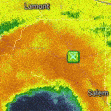
Spooky Season (October Disco Thread)
WxWatcher007 replied to Prismshine Productions's topic in New England
It's so nice. Dinner by the lake with my wife tonight. Being in the middle of nowhere (or thereabouts) is definitely a different vibe lol. I was trying to get a simple work desk and chair today and...I'm still looking. It also feels like everyone is in bed by 9 but when it gets this dark and quiet outside what else can you do? -
Refs willing a win For Kc
-

Spooky Season (October Disco Thread)
powderfreak replied to Prismshine Productions's topic in New England
What a relaxing scene. And at 1500ft there… Thats a different vibe than CT. -
-

Spooky Season (October Disco Thread)
mreaves replied to Prismshine Productions's topic in New England
Cool that you got to meet Jerry. I’ve met Dryslot and Wolfie. It is good to put faces to names.

